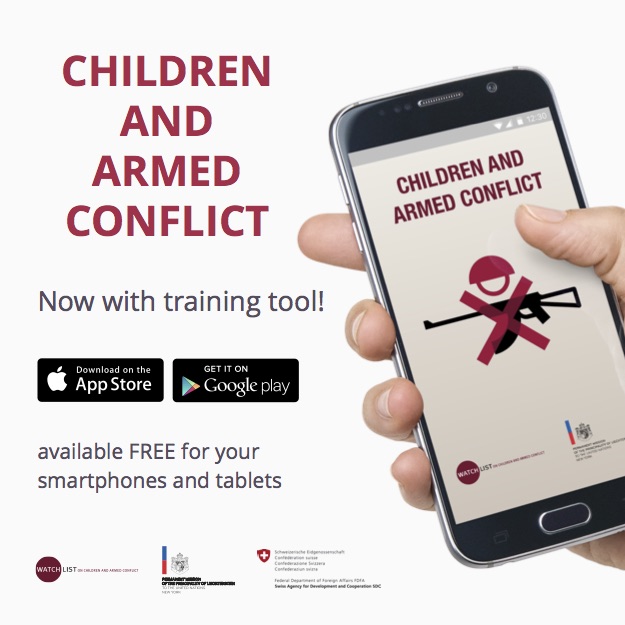On February 8, Watchlist on Children and Armed Conflict released its new briefing note entitled Working Methods 2006-2015. Strengthening the Impact of the Security Council Working Group on Children and Armed Conflict. The note continues Watchlist’s practice of providing updated analyses of the working methods of the Security Council Working Group on Children and Armed Conflict. It examines and identifies trends in (1) the use of the Working Group’s toolkit and (2) the time taken to adopt country-specific conclusions, and offers recommendations for further strengthening the working methods of the Working Group in relation to both the use of the toolkit and the adoption time of conclusions.
Watchlist’s research found that between 2006 and 2015, the Working Group used an average of 7.5 out of 26 available tools (29%) per conclusion. This represents a minor increase from the last period of analysis (2006-2014) but obscures the fact that, in 2015, an unprecedented single conclusion was adopted (South Sudan) under the Malaysian chairpersonship. The average adoption time of country-specific conclusions has decreased from 3.4 months in 2006 to 3 months in 2015, but still higher than the target adoption time of 2 months. Again, this “average” in 2015 is based on only one conclusion. However, the Working Group continued to focus on tools geared towards the implementation of the Children and Armed Conflict (CAC) agenda, particularly with respect to compliance of parties with their obligations under international law. The Working Group Chair maintained advocacy towards mainstreaming CAC language in Security Council documents and briefings, and a particularly active Working Group member highlighted the issue of accountability through informal joint consultations with sanctions committees. Despite the Working Group’s original intention that the toolkit be non-exhaustive and a “living document,” the Working Group has neither gone beyond the toolkit nor reviewed the toolkit or the effectiveness of its usage since its adoption.
Beyond its findings, the note also offers recommendations for further strengthening the working methods of the Working Group. They include that the Working Group increases pressure on persistent perpetrators and addresses the issue of lengthy delays in the adoption of conclusions; that the Working Group Chair mainstreams child protection in the work of the Security Council and organizes at least one field visit per year; and that the Secretary-General includes in each country-specific report on CAC a separate section on implementation of previous conclusions of the Working Group and submits a new country-specific report to the Working Group every two months.



